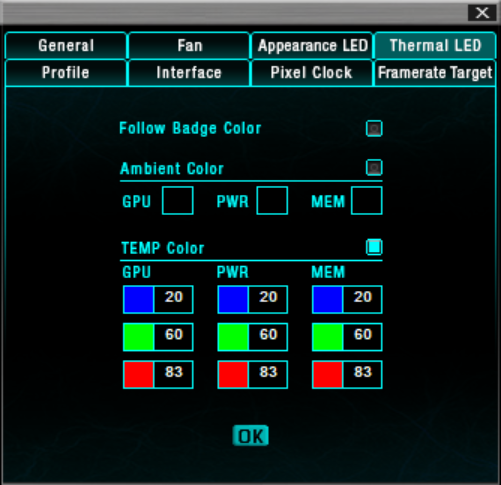

If it’s higher than the previous run, you’re good to go. Continue monitoring the GPU clock and note the FPS average and lows through the course of the benchmark run. Increase the core offset by another +100MHz.If the game runs for 15-20 minutes without crashing and the temps and power stay below the safe limits, you just managed to overclock your GPU by +100 MHz. Out of these, you need to keep an eye on the GPU clock, GPU temp, power consumption, and PerfCap Reason. Scroll down in the GPU-Z sensor window and you’ll see a bunch of options.Run a game in windowed mode, and keep an instance of GPU-Z running on the side as well. Then add +100 to your core clock and hit apply.Next, max out your core-voltage, power limit and the temp limit (don’t worry as long as the temps are stable, you’ll be fine).Check your case ventilation, increase your fan speed (at the expense of noise) or simply buy a custom water block or something. If not, then do something about your thermals. If the average is below 75 degrees, you’re good to go. Firstly enable temperature and core clock monitoring and fire up your test game to see how the temps are holding up prior to the overclock.It can be the thermal limit, the power limit, the voltage, or simply your silicon lot in life. Limiting factor (PerfCap-NVIDIA only): This is the reason why you can’t push your clocks past a specific limit.Memory Clock offset: This is the figure by which you’ll be overclocking your GPU memory.Core Clock offset: This is the figure by which you’ll be overclocking your GPU core.Usually, when the GPU temps cross 75 degrees, or the TDP goes above the set limit, your GPU clocks will start throttling. Throttling: This is the gradual decrease in the in-game core clocks that is a safety measure put in place by the OEMs to keep you from frying your GPU.This is the point when there’ll be a substantial drop in the core clocks to keep the temperatures in check. The temperature limit is the same, except, the GPU will start throttling as soon as you hit 75+ degrees. Power and Temperature Limit: The power limit is the maximum power your GPU will draw while operating at peak frequencies without throttling the clocks.Although back in the days of Fermi this was a risky parameter, now, courtesy of GPU Boost, there are too many safeguards in place, so you need not worry. Core Voltage: This is the additional voltage you’ll be feeding your GPU to extend the overclocking headroom.


 0 kommentar(er)
0 kommentar(er)
